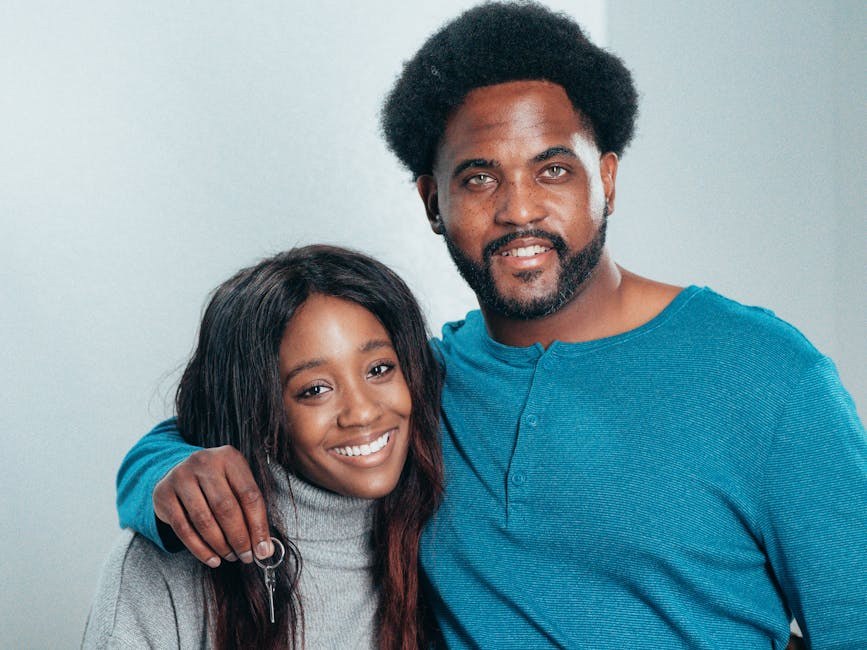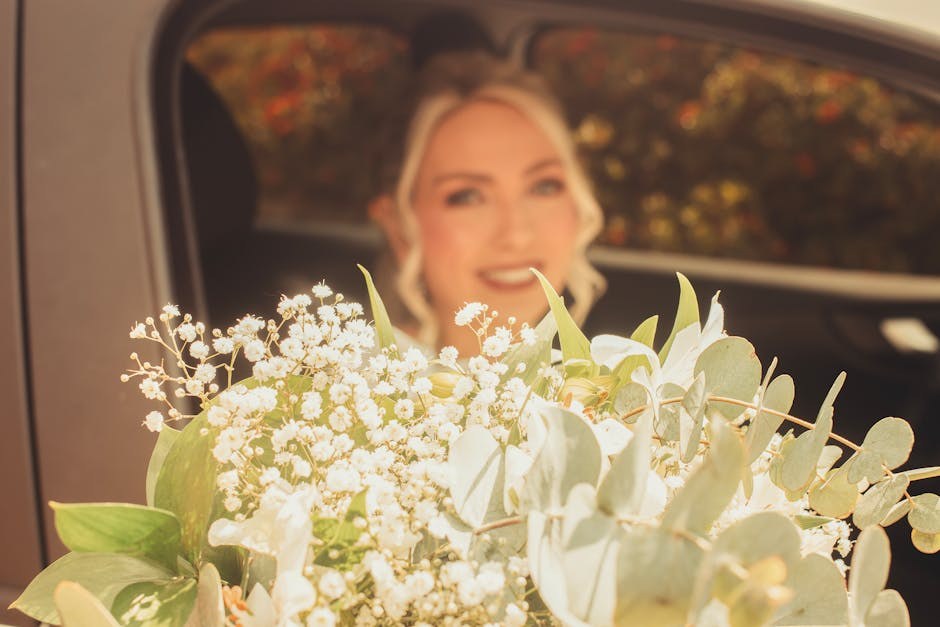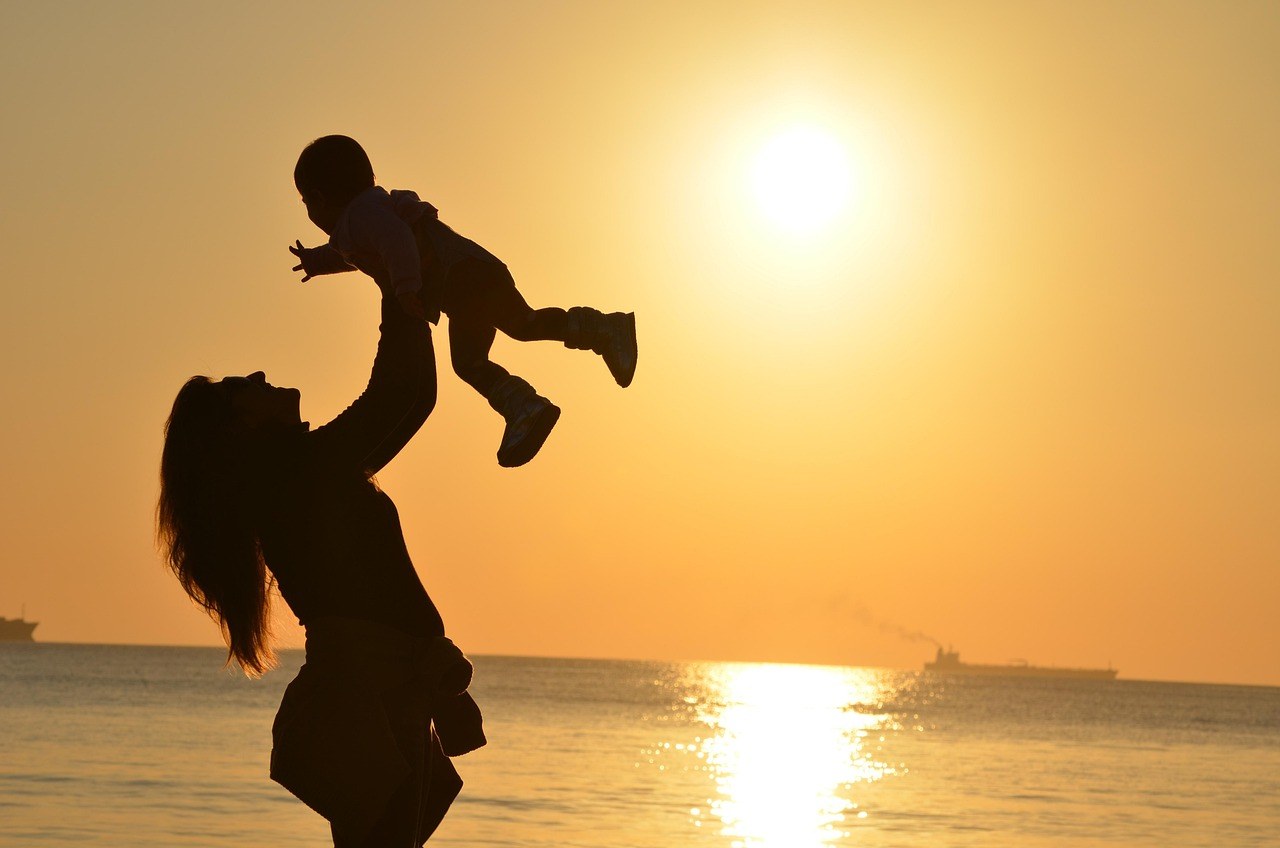I thought choosing a profile photo would be the easy part – then I realized the picture carried more weight than any sentence I could write. So I tried something different. I built a fresh profile for online dating and left the photo field blank. No headshot, no mirror selfie, no vacation snap. Just words. What followed surprised me, challenged a few assumptions, and revealed more about human curiosity than any perfect selfie ever could.
Setting the Scene: Why Words Instead of a Face
I’ve spent enough time in online dating to know how the routine goes. You upload a flattering image, tweak your bio, and hope the algorithm ushers you toward someone compatible. The pitch is appealing – online dating broadens the pool, crosses paths you would never encounter in daily life, and shortens the distance between strangers who share a spark. Still, there’s an undercurrent of pressure. Friends, coworkers, and acquaintances drift through the same platforms, and visibility can blur the line between private search and public display.
That tension nudged me toward a little experiment. I wasn’t embarrassed about using online dating; I was wary of becoming the subject of office chatter. I knew I’d run across people from my social and professional circles, and I didn’t feel like fielding the teasing text that begins, “Saw you on that app – how’s it going?” So I stripped the profile to the basics. No picture, no location tags that made me too recognizable, no last name for easy searches. I would let language do the heavy lifting and see whether online dating could work when the usual visual cue was missing.

The Bio That Launched a Test
Without a photo, the bio mattered. Writing something false would have backfired – if conversation took off, I didn’t want to start with damage control. I chose a simple line that signaled both playfulness and clarity: a brief statement about being both thoughtful and quick-witted, followed by a nudge to imagine the unseen. I also added an invitation for substantive talk – politics, the global economy, or anything that needed more than one-word answers. It was honest, and it kept the door open for anyone who felt like trading ideas instead of small talk. Then I did what everyone does with online dating: I browsed.
At first, I treated the platform like a playground. Without a face on display, I felt oddly invincible – not reckless, just freer. I could revisit profiles without the paranoia of being tagged as a frequent viewer. I could send a quick note without wondering whether my own image matched the tone. The anonymity acted like a buffer and a megaphone at the same time – a small shield and a little license to speak.
Going Quiet – and What Was Waiting When I Came Back
After a burst of browsing, I left the account alone for a few weeks. No edits, no photo, no sustained conversations. When I returned, my inbox had filled. The messages ranged from bare-bones greetings to lines that directly riffed on my bio. I didn’t recognize some of the senders from any previous swiping – apparently, even a faceless profile can show up in the path of people who like to explore. That alone challenged a tidy assumption about online dating: maybe the first hook doesn’t always have to be a headshot.

Many notes were simple – the sort of “Hey there” opener that could point anywhere – but others sounded genuinely curious:
- “You’re testing our imagination – bold move.”
- “I’m intrigued by the mystery. Care to talk?”
- “Confidence without a picture? I want to know more.”
- “If the writing is this sharp, the conversations could be fun.”
They kept coming, variations on the same theme – curiosity amplified by absence. A few writers clearly enjoyed the game of not knowing. Others simply wanted to trade thoughts on policy or markets, as invited. The flood made me pause. In a culture that treats the image as a ticket to entry, how was a faceless page attracting interest?
What Conversations Look Like When Looks Are Offstage
It wasn’t all charm – the usual spectrum appeared. Some exchanges stalled after a handful of lines. Others bent toward the blunt questions that people sometimes reserve for a screen. But many dialogues settled into a thoughtful pace. Without a photo, introductions went sideways in a good way, with fewer “What do you do?” scripts and more “What do you think about…?” prompts. The absence of visuals didn’t erase the rituals of online dating, but it rearranged them. We started with tone, curiosity, and point of view, and only later circled back to appearance.

I chatted with men whose profiles ranged from understated to flamboyant. Some were casually funny; some were serious from the first paragraph. A handful were willing to explore topics that didn’t offer easy footnotes – from economics to social trends – and the talk flowed. There’s a small relief in allowing conversation to test chemistry before a photo can front-load assumptions. The experiment didn’t guarantee better matches, but it did alter the order of operations that usually governs online dating.
The Moment of Asking: Why Message Someone Without a Photo?
Curiosity eventually folded into a question I asked again and again: “What made you write to a profile with no face?” The answers clustered quickly. The most common response was also the simplest – the bio earned the first message. People wanted to test whether the voice on the page matched the mind behind it. Some admitted to enjoying the puzzle – mystery as a gentle challenge. A few framed it as a low-stakes dare to their own assumptions, a chance to see whether interest could start with something other than a picture.
One reply stood out because it wasn’t wrapped in flirtation. He had no intention of asking for a date; he wanted to argue – in the best sense – about public policy. When I asked what drew him in, he said something crisp: “Uncertainty is exciting in small doses – unraveling it makes you feel competent.” There it was, the ego’s applause. It wasn’t cynical; it was simply human. The mystery gave people a miniature quest, and progress on a quest feels good. In online dating, that little charge can be enough to press the message button.
What the Faceless Profile Accidentally Proved
By the time the conversations had stretched across several evenings, a pattern was clear. When the text was confident, the lack of a picture didn’t automatically read as insecurity. The strength of the words softened the risk. Confidence – not bravado, but calm assurance – became the visual substitute. The profile sounded like someone who would be fine with a conversation that went nowhere and equally fine with one that went somewhere meaningful. That tone encouraged replies, which in turn kept the experiment alive.
Still, the lesson wasn’t that images don’t matter. In online dating, photos act as a shortcut – a quick gauge of style, energy, and whether two people might see the world comfortably together. My results weren’t proof that the best strategy is to hide. They were proof that a strong voice can carry you through the opening moves. If anything, the experiment highlighted a better balance: pair an honest photo with writing that actually says something, and you give the algorithm and the reader more to work with.
What I Chose to Share – and What I Held Back
From the start, I protected details that could be stitched together – last name, exact workplace, neighborhood specifics. I wasn’t in the mood to be easily searchable, and I didn’t want my profile to bleed into my daily life until I chose that path. Even as conversations deepened, I kept the guardrails in place. In the context of online dating, that boundary-setting did two jobs at once – it kept me comfortable, and it subtly signaled that I take safety seriously. The people who respected that line tended to be the same ones who wrote thoughtfully in the first place.
Eventually, a few chats migrated to phone calls and coffee. I won’t fold those stories into this account – they deserve their own space – but the transition confirmed something useful. The route to meeting didn’t feel rushed or performative. Because the banter had already established a logic for how we talk, the first face-to-face felt less like an audition and more like a continuation. Online dating can compress the awkwardness when conversation comes first – the photo can confirm attraction; it doesn’t need to initiate it.
Inside the Messages: The Lines That Kept Appearing
Although the inbox varied, certain themes echoed. Curiosity announced itself outright: “You had me at the invitation to debate.” Confidence drew praise: “You write like someone who doesn’t need to impress.” Mystery was the spark: “The blank photo isn’t a red flag if the bio reads like this.” A few people flipped the question and asked why I chose to hide my face. When I explained the social overlap and my wish to test a hypothesis, most people nodded – metaphorically – and pressed on with the conversation.
There were dead ends, of course. Some openers bristled with lines that treated the missing photo like an invitation for instant skepticism. Others demanded proof before courtesy – not my favorite tone. But even those detours added texture. They reminded me that online dating magnifies temperaments – patience, impatience, curiosity, caution – and a profile without a picture simply brings those traits to the surface faster.
Why the Mystery Worked – and Where It Doesn’t
When I sifted through the experiences, a set of explanations emerged. They weren’t data points – just recurring observations about how people behave when the visual breadcrumb is missing:
- Mystery creates momentum. A blank where a photo would go sets a small task – solve the unknown. In online dating, people are used to rapid judgments. Uncertainty slows the rush and invites a message.
- Voice becomes the image. Without a picture, the bio has to carry tone, humor, and values. If the language is crisp and grounded, readers supply a mental snapshot that favors the writer.
- Confidence signals safety. Calm, specific writing can feel more trustworthy than a gallery of filtered selfies. Safety isn’t a guarantee – it’s a perception shaped by cues – but words can be persuasive cues.
- The strategy won’t scale forever. Sooner or later, pictures matter. Attraction is complex, and online dating compresses it into a few frames – refusing that reality can stall otherwise promising matches.
These observations sat comfortably with the experiment’s outcome. The faceless approach opened doors; it did not replace the doors that photos open. The best path forward looked like a blend – bring back the image, keep the voice strong, and let the two support each other.
If You Try It, Try It Intentionally
If anyone is tempted to copy the method outright, intention should come first. Go in knowing what you want to explore. If the goal is to watch how people react to a strong bio, craft it like you mean it – specific interests, clear boundaries, and a tone that reflects what you’d be like on a good day. Decide in advance which details you will share and which ones you’ll hold until trust builds. Online dating works better when guardrails are visible – not dramatic, just clear.
It also helps to manage expectations. A no-photo account may attract fewer messages in some corners and more in others. You might see curiosity concentrate among people who enjoy long-form talk – or among people who love puzzles – and that can be a feature rather than a bug. The point isn’t to collect the most replies; it’s to invite the right kind of conversation for you.
What I’d Do Differently Next Time
Having seen the experiment through, I’d adjust the order rather than abandon the idea. I’d write the bio first – the way I did – and keep it as the spine of the profile. Then I’d add a photo that reflects who I am on an ordinary day – nothing theatrical, nothing designed to shout. I’d still keep tight control of identifying details and move at the speed of comfort. Online dating, at its best, lets you build a bridge between curiosity and connection – a series of small steps rather than a single leap.
Practical Guardrails to Keep Conversation Productive
There’s a difference between mystery and vagueness. Mystery says, “There’s more to learn.” Vagueness says, “I’m not telling you anything.” The former invites dialogue; the latter frustrates it. If you explore a faceless phase, offer substance where you can – books you love, ideas that energize you, the kind of weekend that resets your balance. Those cues give people a route into conversation, and they make it easier to step away from threads that don’t honor your time.
Clarity also helps when boundaries are crossed. If someone insists on a photo before basic politeness, you’ve learned something useful. If another person respects your pace and invests in the exchange, you’ve learned something better. Online dating is a filter as much as a funnel – how people react to your approach teaches you who will be a match for how you live.
What the Experiment Says About Attraction
Attraction moves on several tracks – visual appeal, intellectual rapport, emotional ease, timing. In the compressed world of online dating, the visual track almost always runs first. My trial flipped the order and proved that conversation can create its own gravity. It didn’t invalidate the importance of physical chemistry; it simply showed that the path to it can begin with wit, candor, and a well-placed question. When a profile leads with a steady voice, the first meeting feels less like auditioning for a role and more like stepping into a dialogue that’s already moving.
What I Kept – and What I Let Go
I kept the parts that worked – the unhurried questions, the refusal to treat silence as failure, the willingness to exit a chat that didn’t feel respectful. I let go of the reflex to treat the photo as a pass-or-fail gate. When I did add images later, I framed them as another kind of sentence – a sentence that said, “Here’s the energy you’ll get if we meet.” The experiment reminded me that online dating is less about perfecting a storefront and more about conveying a presence – how you think, how you listen, how you show up for your own life.
A Balanced Way Forward
So where does all of this leave a person who wants to try something similar? With a reasonable middle path. Use words that mirror your real temperament. Add a photo that looks like you on any Tuesday – the version of yourself you can live with across seasons. Share selectively, then generously, then selectively again – a rhythm that respects your safety and your curiosity. Online dating rewards the combination of clarity and warmth – the steadiness to know what you want and the grace to let discovery do its work.
Why Confidence Matters More Than Perfection
Confidence is not the same as volume. It’s not a louder bio or a sharper comeback. It’s the quiet belief that you can hold a conversation without pretending to be someone else. The strongest message a profile can send – whether or not it includes a photo – is that you trust your own voice. In online dating, that message draws the right people closer and nudges the wrong ones to drift away. The experiment taught me that the profile is a mirror – if you fill it with angles and shadows, you’ll attract guesswork; if you fill it with light and edges, you’ll attract focus.
Safety, Sanity, and the Joy of the Slow Reveal
I’ll end where I began: with the simple choice to let language stand in for a picture. It transformed the first beats of interaction and reminded me that curiosity can be kind when it’s met with candor. The slow reveal – a photo later, a detail here and there, a story when trust has earned it – didn’t dampen momentum. It shaped it. Used thoughtfully, online dating doesn’t have to compress everything into a snapshot. It can unfold like a conversation – one clear sentence at a time.
Across this experience, the phrase kept repeating in my head: Let words lead. When they do, they don’t erase appearance – they prepare the ground where attraction can take root. And when image finally joins the scene, it arrives as a companion to character rather than a shortcut to judgment. That’s the balance I’m taking with me – a profile where photo and prose speak the same language, and where the goal isn’t to impress so much as to invite. In that space, online dating turns from a corridor of quick swipes into a room with chairs – a place built for conversation, surprise, and the gentle courage to be seen.
After all of it, I would still recommend experimenting with structure if you’re curious, then embracing visibility when it feels right. Keep the boundaries that protect your peace, and share the parts of yourself that make conversation feel like a shared project. If you try a faceless profile, treat it as a brief chapter – one that teaches you how to write a stronger bio, how to ask better questions, and how to recognize the replies that ring true. When you bring your image back into the frame, keep the lessons. In the end, that’s the version of online dating that feels most like living – measured, sincere, and open to surprise.